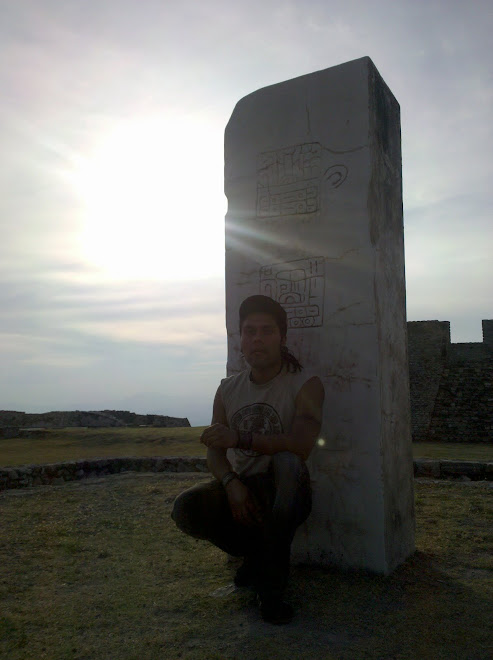

The Feathered Serpent Quetzalcoatl, of the Aztecs, was one of the first deities of peace. Within Quetzalcoatl’s mythology is the myth that he flew the sacred cacao tree from paradise to give to the humans. Not only was Quetzalcoatl a peaceful god, he was also the god of wisdom and power. The Aztecs believed that chocolate was a food imbued with the knowledge of Quetzalcoatl. Archaeologists have found evidence that the Mayans used cacao in celebrations. It is thought that as early as 1,500 B.C. these early people had discovered the health benefits of chocolate.the word comes from Nahuatl, "xocolatl" (pronounced [ ʃoˈkolaːtɬ]) made up from the words "xococ" meaning sour or bitter,[2] and "atl" meaning water or drink
Back then it was a bitter beverage revered for its nourishing qualities and ability to boost energy and stamina; treat stomach and intestinal complaints and infections, fever and coughs.
They mixed it with fermented and roasted cocoa paste, water, chilli peppers, cornmeal and other ingredients - blended into a spicy, frothy and sugar-free drink. It was regarded as a ‘divine drink’Drinking chocolate was an important part of Maya and Aztec life.
Many people in Classic Period Maya society could drink chocolate at least on occasion, although it was a particularly favored beverage for royalty. But in Aztec society, primarily rulers, priests, decorated soldiers, and honored merchants could partake of this sacred brew.
Chocolate also played a special role in both Maya and Aztec royal and religious events. Priests presented cacao seeds as offerings to the gods and served chocolate drinks during sacred ceremonies.The cacao tree was looked upon by the Aztecs as a gift from their peaceful god Quetzalcoatl (“feathered serpent”). The Aztecs would ingest cacao together with Psilocybe (enthogenic mushrooms), in religious rituals, a practice still conducted today by numerous tribes throughout the region. The Yucatec Maya venerate a black god named Ek Chuah as their cacao deity and local cacao farmers hold a festival in the god’s honor during the month of Muan in the old Mayan calendar.
Cacao’s psychoactive material manifest in the cacao beans, the cocoa shells, in the cocoa butter and in the fresh fruit pulp. Inebriating effects described by Aztec sources may likely be due to the cacao additives, or to a synergism with added substances such as psilocybe mushrooms. Folk lore has described the traditionally prepared Indian drink to be very stimulating and euphoric. These effects, however, cannot be expected from modern day’s commercially produced cocoa.
An Aztec text from the early colonial period provides a precise description of the tree and of the drink, which it noted to be inebriating. The Aztecs described the cacao tree as being simply round in shape with broad branches. They portray the tree’s fruits to appear much like dried ears of maize, thus they often referred to the fruit as “cacao ears.” Ranging in color from reddish brown to whitish brown to bluish brown, the heart of the fruit looks much like an ear of corn.
When the ceremonial drink made from cacao is imbibed in moderation, especially from those ears which are green and tender, one benefits by feeling happy, refreshed, comforted and stronger than before. The Cacao Tree was worshipped by the Mayan civilisation of Central America and Southern Mexico, who believed it to be of divine origin, Cacao is actually a Mayan word meaning "God Food" hence the tree's modern generic Latin name 'Theobrama Cacao' meaning ‘Food of the Gods’. Cacao was corrupted into the more familiar 'Cocoa' by the early European explorers. The Maya brewed a spicy, bitter sweet drink by roasting and pounding the seeds of the Cacao tree (cocoa beans) with maize and Capsicum (Chilli) peppers and letting the mixture ferment. This drink was reserved for use in ceremonies as well as for drinking by the wealthy and religious elite, they also ate a Cacao porridge.
The Aztecs of central Mexico also prized the beans, but because the Aztec's lived further north in more arid regions at higher altitudes, where the climate was not suitable for cultivation of the tree, they had to acquire the beans through trade and/or the spoils of war. The Aztecs prized the beans so highly they used them as currency - 100 beans bought a Turkey or a slave - and tribute or Taxes were paid in cocoa beans to Aztec emperors. The Aztecs, like the Mayans, also enjoyed Cacao as a beverage fermented from the raw beans, which again featured prominently in ritual and as a luxury available only to the very wealthy. The Aztecs called this drink Xocolatl, the Spanish conquistadors found this almost impossible to pronounce and so corrupted it to the easier 'Chocolat', the English further changed this to Chocolate.
The Aztec's regarded chocolate as an aphrodisiac and their Emperor, Montezuma reputedly drank it fifty times a day from a golden goblet and is quoted as saying of Xocolatl: "The divine drink, which builds up resistance and fights fatigue. A cup of this precious drink permits a man to walk for a whole day without food"
In fact, the Aztec's prized Xocolatl well above Gold and Silver so much so, that when Montezuma was defeated by Cortez in 1519 and the victorious 'conquistadors' searched his palace for the Aztec treasury expecting to find Gold & Silver, all they found were huge quantities of cocoa beans. The Aztec Treasury consisted, not of precious metals, but Cocoa Beans.


No comments:
Post a Comment